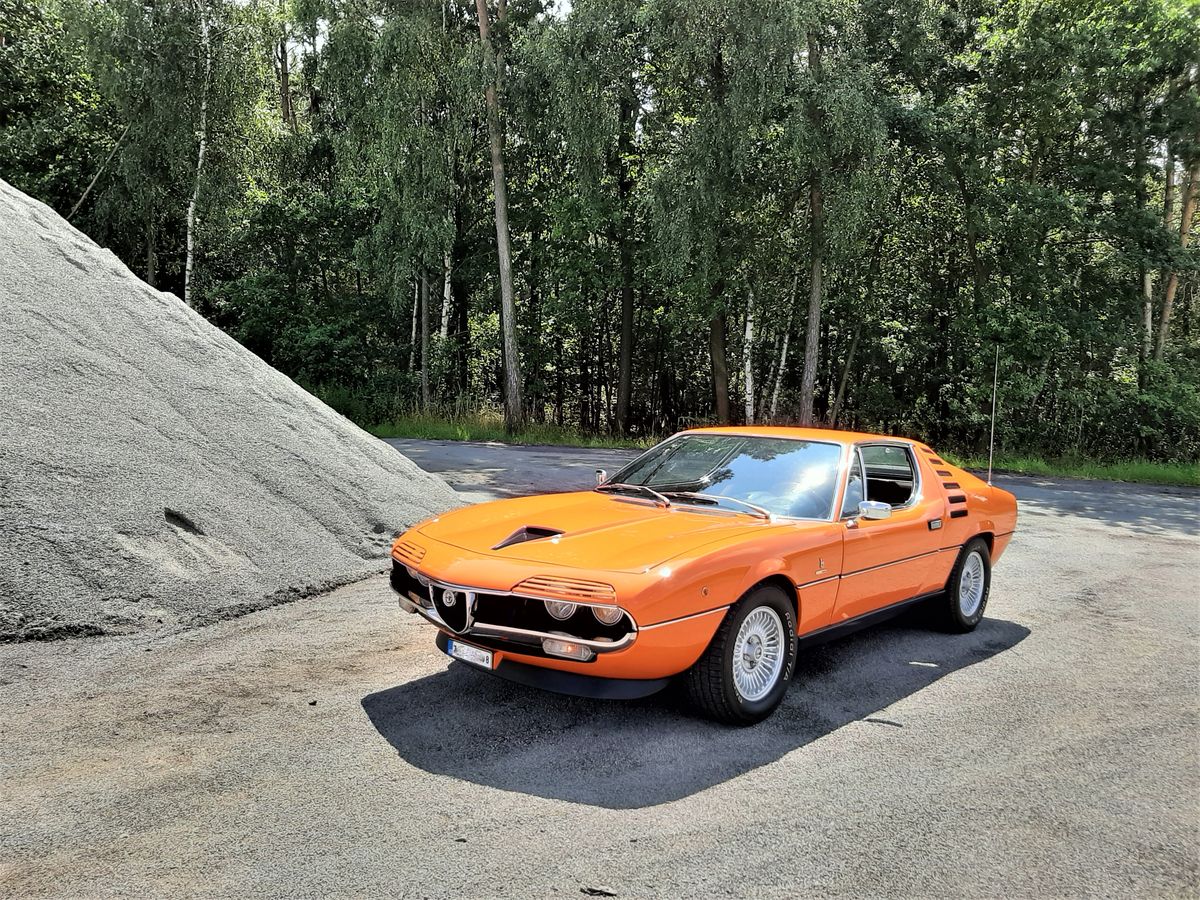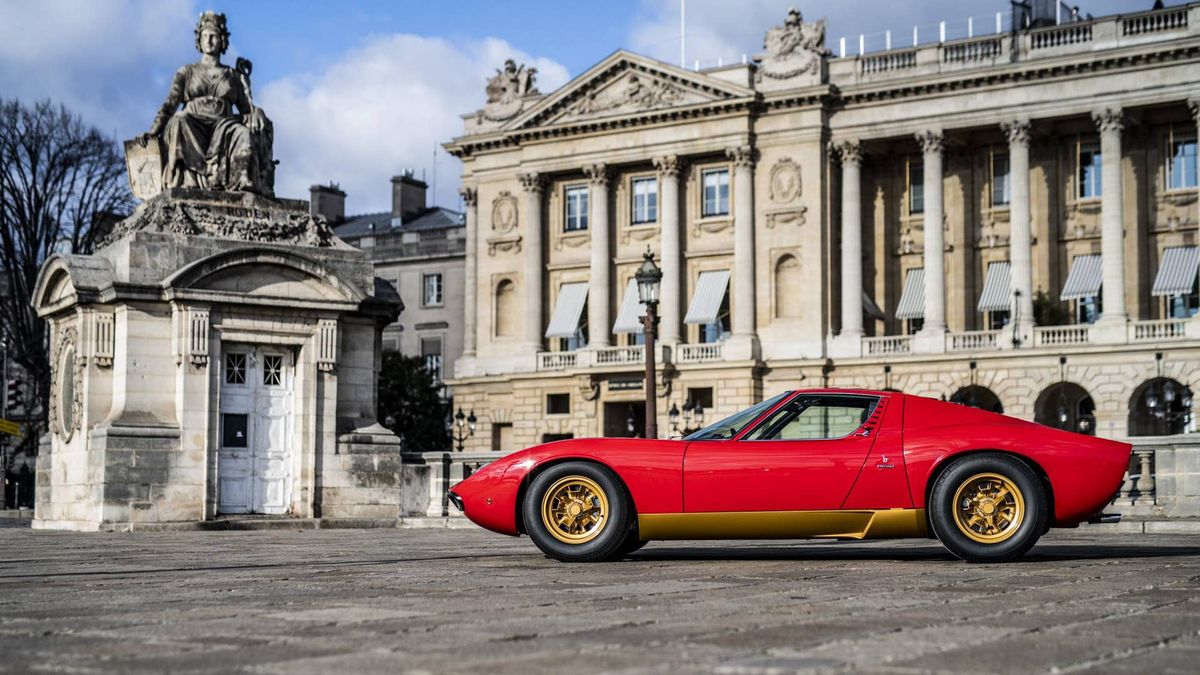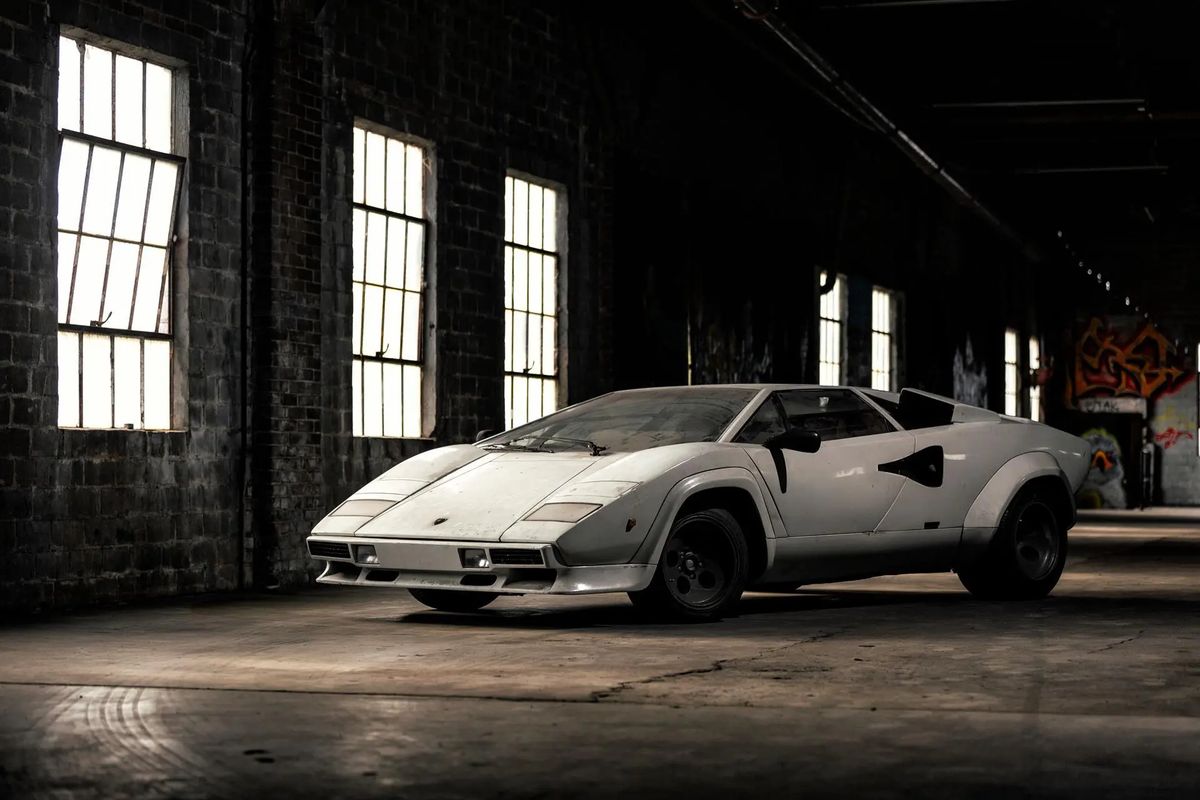But there were far more of those cars! And he even designed a helicopter, a night club or a truck. In recent years, although his hand was still steady and his mind sharp, he rejected automotive projects. “All my life I have told my students to fight against doing what others are doing. And in today’s automotive world, originality is woefully lacking.”
The following lines are a tribute to quite possibly the best design magician. Italian designer Marcello Gandini died on March 13 at the blessed age of 85.
He was twenty when he sketched his first car concept. Just eight years later, he gave the world the sacred Miura. And then he came up with the revolutionary Countach, which had a brutal wedge shape and up-folding doors, which became a symbol of the entire Lamborghini brand! But gradually…

Photo: BMW
One of Gandini’s last automotive projects was the reincarnation of the BMW Garmisch concept, which became a prototype of the top five.
He was born on August 26, 1938 in Turin, Italy, into the family of an orchestra conductor. So the artistic genes were clearly there. But instead of a conductor’s baton, young Marcello preferred to hold a pencil in his hand and draw cars instead of notes. “I was sixteen when I got money from my parents for a Latin textbook. Instead, I bought a mechanics book, Endothermic Engines by Dante Giacosa. Engineering applied to automotive design and planning was my first passion and the common thread throughout my profession,” Gandini recalled in an interview with Designboom magazine. “All the cars I designed were subordinated primarily to functionality. The fact that they are considered beautiful by the public makes me happy, of course.”

Photo: Petr Jeřábek
Alfa Romeo Montreal is another car under which Gandini signed.
At twenty-five, Marcello Gandini applied for a position at Bertone Studio, but the then chief designer Giorgetto Giugiaro (only nineteen days older) refused to accept him. Was he afraid of competition? We will never know, but what is certain is that Nuccio Bertone himself approached Gandini two years later, when Giugiaro left the company.
“I came there and was immediately put in charge of the Miura project,” he recalled in an interview with Top Gear. “Lamborghini needed a car that would be enchanting, and I hope it succeeded. But with hindsight, I can say that Miura annoys me a bit. I deliberately had to design it to fascinate people, to like it. And then I tried not to do that.”

Photo: Lamborghini
The Miura catapulted not only Lamborghini into the automotive world, but also Gandini himself.
Who knows if he knew then that the Miura would change the automotive world. But in her case, everything fit together in such a way that something more than just the sum of the individual components was created. It’s not just nice not just a car fast. It laid the foundations for a completely new automotive category. The Miura changed Lamborghini forever, gracefully obliterating the brand’s motorsport deficit and instantly injecting new blood into the struggling manufacturer.
The key thing about the Miura is that, although it looked like a refugee from the Le Mans grid of the 1960s, it had nothing to do with motorsport and Ferruccio Lamborghini never intended to race it. It was a road car through and through. Probably the wildest road car you could buy in the late 1960s, and certainly one of the most beautiful.
But no matter how dazzling the Miura is, Gandini himself considers the wedge-shaped Countach to be the first true Lamborghini. “The Miura was early in my career so I was cautious. On the other hand, the Countach, I could do whatever I wanted there, and the car is still great to look at after fifty long years!”
The Countach was first shown to the public at the Geneva Motor Show in 1971, where Lamborghini also presented the Miura SV. And the two cars couldn’t look more different! The Miura was full of gentle curves and delicate tension, a distillation of everything we perceive as the beauty of a conventional car. The Countach, on the other hand, was a brutal expression of bold modern design, controversially shocking with ribbing in the intakes and frames in the windows, evoking the envelopes of the impressive glass skyscrapers rising up around the world.

Foto: Bring a Trailer
Original Lamborghini Countach from the Geneva Motor Show.
The Ferrari 365 GTB/4 Daytona was nice next to it, but so desperately conventional and boring that it couldn’t have interested anyone. It is not surprising that the name Countach was given to the car after an expression in the local Piedmontese dialect, with which men express total amazement at the beauty of a woman, and which is not exactly the most polite. “Hey, beauty!” probably wouldn’t have the right punch.
The Countach gave Gandini not only immortality, but also a definitive free hand. He perfectly overshadowed all the cars that came between him and the Miura, but it would be a mistake to forget them. The Bertone studio was hired by leading car companies from all over the world, and a touch of Gandini’s genius appeared, for example, on the first five-cylinder BMW, i.e. the E12 generation. So it wasn’t just a factory for dreams, but also for completely ordinary cars. “I have never opposed ordinary cars, quite the contrary. But I always wanted them to have some emotion in them. To make the car interesting. I couldn’t bear the thought that it should be mundane or interchangeable.’

Photo: BMW
The BMW 5 Series (E12) defined the future of the Munich automaker’s sedans.
Marcello Gandini, during his fifteen-year tenure as head designer of the Bertone studio, gave the world some of the popular sports cars of the time, such as the Alfa Romeo 33 Stradale, the Lancia Stratos for different brands.), Ferrari Dino 308 GT4 or Maserati Khamsin.
When he left, he spread his word a little more and designed, for example, the Autobianchi A112, Citroën BX, Renault 5 or Fiat 132, and it was he who advised Volkswagen on how the revolutionary Polo should look.

Photo: Renault
Renault needed a small car. And so Gandini designed the Model 5.
He didn’t give up his wedge-shaped shape, he always said with a laugh that he liked root vegetables. And so Cizeta-Moroder V16T, Bugatti EB110 and then Lamborghini Diablo and Maserati Shamal were born.
The older he got, the more irascible he became in both proposals and conversations. He has repeatedly mentioned that he is frustrated with the auto industry’s lack of vision. And nothing could have pleased him more than when BMW approached him in 2018 to participate in the rebirth of the lost concept called Garmisch, which he himself once designed. “I felt about twenty-five years younger then. It was all there again, all the fervor and all the possibilities.”
As stated earlier, Gandini was not enthusiastic about the direction automotive design was taking. In the late 1990s, he moved into other dimensions and ventured into largely uncharted territory for him. He ventured into industrial and interior design, designing, for example, the interior of a night club in Turin or giving shape to the Heli-Sport CH-7 helicopter. And more recently, despite his advanced age, he has worked in collaboration with Qatar University on designs for an automotive museum in Doha. And apparently he finished them.

Foto: Mikka
Citroën BX is one of the more ordinary cars. However, the author’s handwriting is clearly visible and has made the BX a timeless beauty.
“When you’re young, you have to work to have something to eat,” Gandini recalled in one of his last interviews. “And because of that, you sometimes have to adapt to things that are not close to you. Fortunately, I had a hot meal every day, so I probably had some success in that sense. But I’ve always said that when it comes to style, it’s about creating emotion. Without them, every car and indeed every thing is useless, even if it can be more self-perfecting.”
Choose for yourself which car you think is Gandini’s best work. But we can all agree that Marcello Gandini was a true wizard of automotive design.



